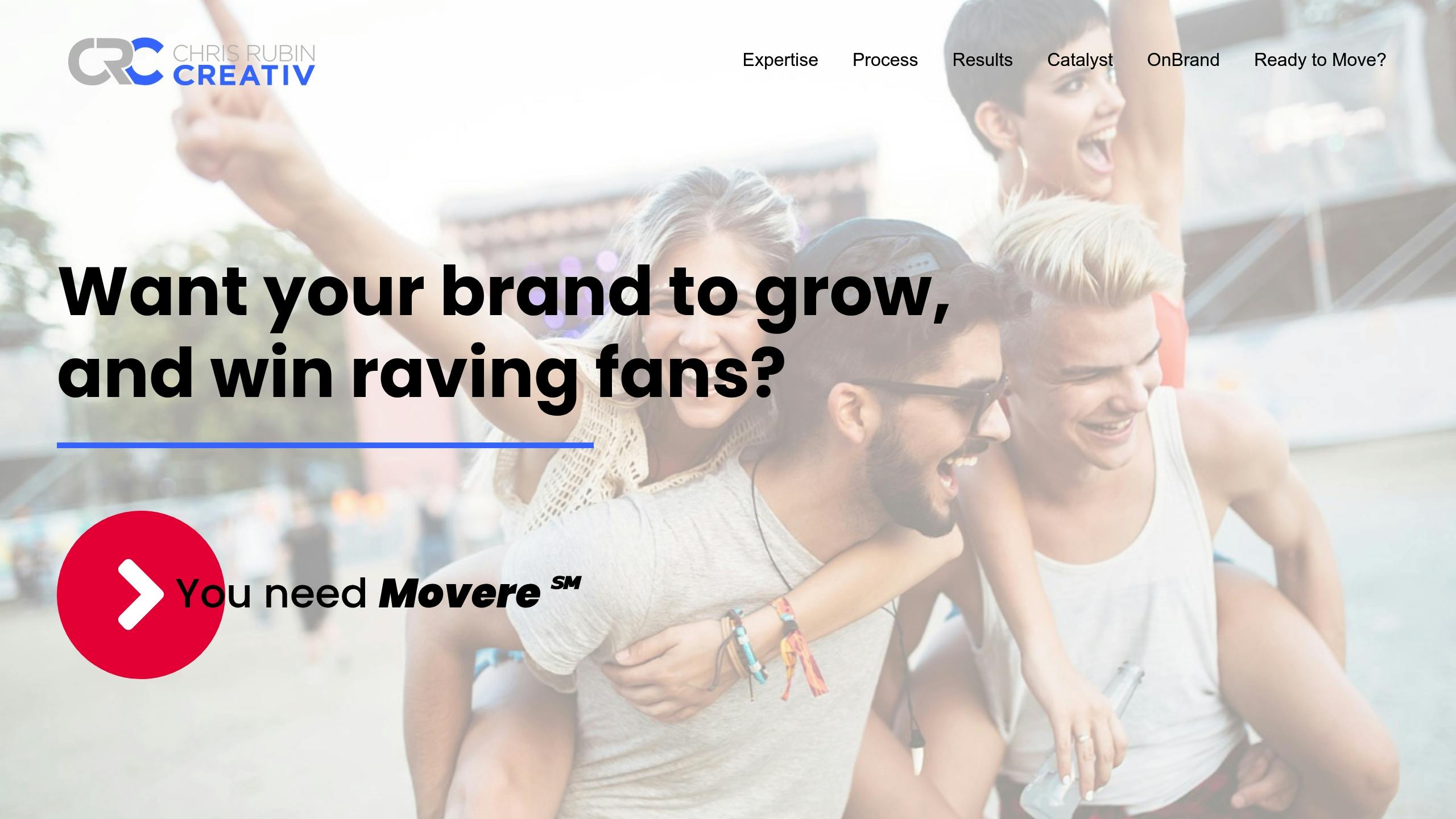Real-time polling tools make it simple to collect instant feedback during events, meetings, or presentations. They boost audience participation, provide immediate insights, and encourage honest responses through anonymity. Tools like Poll Everywhere, Mentimeter, and Vevox integrate with platforms like PowerPoint, Zoom, and Google Slides to make sessions interactive and engaging.
Key Benefits:
- Immediate Feedback: Adjust content on the spot.
- High Participation Rates: Up to 90% in online meetings.
- Anonymous Input: Encourages honest responses.
- Data Insights: Understand preferences and measure engagement.
Quick Comparison of Popular Tools:
| Tool | Strengths | Ideal For |
|---|---|---|
| Wooclap | Wide question variety, free plan | Education |
| Mentimeter | AI-powered polls, Q&A features | Business presentations |
| Vevox | ChatGPT quizzes, classroom use | Teaching and meetings |
To get started, choose a tool based on your needs, plan engaging questions, and analyze results to improve future interactions.
Comparing Polling Tools
Selecting a Real-Time Polling Tool
Today’s polling tools come with a range of features and price points. It’s important to pinpoint what you need before diving into comparisons.
Features to Look For
When choosing a tool, focus on features that encourage audience participation:
| Feature Category | What to Look For |
|---|---|
| Usability | Easy mobile access, user-friendly interface |
| Question Types | Options like multiple choice, open-ended, word clouds, and ratings |
| Technical | Real-time updates, compatibility with presentation software |
| Analytics | Exportable data, audience segmentation, response tracking |
| Security | Anonymous polling, data privacy measures, user authentication |
Popular Tools to Consider
Here’s a quick look at some top polling platforms:
- Wooclap: A favorite in education, offering a wide range of features. Free and trial plans make it easy to test out.
- Mentimeter: Known for its AI-powered poll creation and strong Q&A tools, though it has fewer question type options.
- Vevox: Widely used in classrooms. Teacher Maria T shared in January 2024 that it made her sessions more interactive and engaging. Vevox also includes ChatGPT-powered quiz creation, adding even more value.
These tools can help you better connect with your audience.
Pricing and Budget Considerations
Choose a plan that fits your budget and needs:
| Pricing Tier | Cost per Month | What’s Included |
|---|---|---|
| Basic | $20–80 | Core polling features, limited audience size |
| Professional | $200–300 | Advanced analytics, higher participant limits |
| Enterprise | $500+ | Multi-user access, full integration options |
Pricing often depends on factors like the number of questions, audience size, and access to premium features. If you’re just starting, a basic plan is a good entry point. As your needs grow, you can upgrade to unlock extras like detailed analytics or multi-user access, which may add $10–50 per tier.
Using Polling Tools Effectively
Setup and Planning
To get the most out of your polls, start with a solid plan. Set clear goals and schedule your questions thoughtfully to keep your audience engaged throughout.
| Planning Stage | Key Actions |
|---|---|
| Question Design | Test questions with non-participants and include a "Does Not Apply" option. |
| Technical Setup | Perform system checks and ensure mobile accessibility. |
| Timing | Identify interaction points and plan when to discuss results. |
| Participant Prep | Share clear instructions for both in-person and remote participants. |
For topics that might be sensitive, use anonymous polling to make participants feel more comfortable sharing honest feedback. Once your poll is ready to go, focus on keeping your audience engaged.
Increasing Poll Participation
Make your polls engaging and rewarding to encourage participation. Start with a practice poll to help attendees get comfortable with the system, reducing technical hiccups.
Here are a few tips:
- Brand Alignment: Use custom poll templates that match your organization’s look and feel.
- Visual Engagement: Include participant images (with their permission) to create a sense of community.
- Clear Benefits: Let participants know how their input will influence decisions or outcomes.
Entry and exit polls can work wonders. Use an entry poll to measure baseline knowledge and an exit poll to show what participants have learned or how their input shaped the discussion.
Managing Poll Results
Once you’ve captured responses, presenting the results effectively is key to building trust. Share live results smoothly, and use visuals that make the data easy to understand.
For better results management:
- Display results in various formats to suit your audience.
- Break down responses by demographics or other relevant categories.
- Track changes over time to show trends or measure impact.
- Keep anonymity intact when required.
Highlight interesting patterns or surprising results to spark meaningful conversations. Clear, segmented presentations help your audience see the value in the insights you’ve gathered.
sbb-itb-aebd855
Using Poll Data for Business Results
Reading Poll Data
Once you’ve set up an effective poll, the next step is analyzing the data to uncover useful insights for your business strategy. Start by calculating basic metrics like mean, median, mode, and standard deviation to get a grasp on trends and variations in responses.
Here’s a breakdown of different analysis levels and their potential impact:
| Analysis Level | Key Metrics | Business Value |
|---|---|---|
| Basic Analysis | Mean, median, mode | Understand average responses |
| Trend Analysis | Time series data, pattern recognition | Spot shifts in preferences over time |
| Segmentation | Cross-tabulation, demographic breakdowns | Target specific audience groups |
| Correlation | Relationship between variables | Uncover connections in audience behaviors |
Clear visualizations like charts and graphs can make these data relationships easier to understand and share. Use these insights to guide your strategic decisions.
Implementing Poll Findings
To make the most of your poll data, align the insights with your business strategies. Focus on metrics that directly influence engagement and outcomes.
Here’s how you can put poll findings to work:
- Real-Time Strategy: Adapt content and plan future campaigns based on audience reactions and sentiment analysis.
- Audience Segmentation: Use demographic data to craft personalized messages and experiences.
- Content Optimization: Refine your content approach based on poll results that highlight topic preferences and audience understanding.
These steps ensure your data leads to meaningful changes.
Success Stories and Results
Businesses have seen major benefits from applying poll data. A great example is Expo Logic, which transformed its lead qualification process by using custom surveys during events. This allowed them to gather attendee feedback instantly and respond on the spot.
One key metric to focus on is Customer Lifetime Value (LTV). You can calculate LTV with this formula:
LTV = (Average transaction value) × (Number of transactions) × (Customer lifespan).
LTV helps you prioritize audience segments and allocate resources wisely. For instance, by focusing on LTV, businesses can improve customer retention through personalized event experiences, targeted follow-ups, and data-driven improvements for future events.
It’s also crucial to monitor the balance between Customer Acquisition Cost (CAC) and LTV. When CAC is lower than LTV, you’ve found a profitable strategy. Post-event surveys can further validate your efforts by showing how changes have addressed audience feedback, building trust and transparency.
Polls in Brand Development
Building Brand Connections
Using real-time polls helps brands directly connect with their audience, strengthening engagement and loyalty by encouraging active participation.
Through polling, brands can:
- Keep the audience interested and talking.
- Make smarter product decisions with instant feedback.
- Build emotional ties through interactive experiences.
Take Amazon at CES 2016, for example. They let their followers choose the topic for a live broadcast using real-time polling. When gaming won, Amazon shifted its presentation to match the audience’s choice. This showed they were listening and valued customer input.
These kinds of interactive tactics pave the way for deeper audience connections and measurable brand growth.
ChrisRubinCreativ (CRC) Case Study

ChrisRubinCreativ (CRC) has shown how polling can deliver results for big brands. Their work with Nickelodeon boosted in-app voting by 20% year-over-year, while their campaigns for Microsoft increased online conversions by 18%.
Key elements of CRC’s success include:
| Strategy Element | How It Was Used | Outcome |
|---|---|---|
| Emotional Connection | Crafted personalized questions | Higher response rates |
| Timing | Aligned polls with user activity | More engagement |
| Visual Appeal | Added branded graphics | Better retention |
Brand Growth Through Polling
When tracking brand growth through polls, focus on metrics like awareness, customer perception, usage, and purchase intent. Research suggests that short polls (1–5 questions) get better response rates. Krispy Kreme nailed this with its #DoughnutBowl campaign, which promoted products while creating a fun, interactive experience.
To get the most out of polls, keep these tips in mind:
- Use clear and concise language.
- Make visuals engaging.
- Time polls to match audience activity peaks.
"Running polls regularly is a great way to generate brand buzz and stay top‑of‑mind with your audience." – Twitter Blog
The real secret? Show your audience you’re listening. Brands that act on poll feedback and share the changes they’ve made tend to build stronger, lasting relationships.
Conclusion
Main Points Review
Real-time polling tools have reshaped how we engage audiences during meetings, presentations, and classes. For instance, Poll Everywhere, used by 75% of Fortune 500 companies, highlights the growing popularity of these tools. A1 Garage’s success in achieving 90% participation during online meetings underscores how effective implementation can make a difference.
Here’s a quick look at the benefits of using real-time polling:
| Benefit | Impact | Success Metric |
|---|---|---|
| Audience Engagement | Encourages two-way interaction | 76% of brands report higher engagement |
| Customer Satisfaction | Improves brand perception | 56% increase in satisfaction |
| Business Efficiency | Speeds up feedback collection | 44% boost in efficiency |
| Marketing ROI | Drives better conversions | 25% rise in ROI and conversions |
These metrics show how real-time polling can provide measurable results that improve audience interaction and outcomes.
Getting Started
Ready to begin? Start by selecting a polling tool that works with your preferred presentation software. For example, Poll Everywhere integrates seamlessly with PowerPoint, Google Slides, and other major platforms.
"Poll Everywhere has been a game-changer. Its professional presentation and versatility surpass other alternatives, making it a preferred choice. Poll Everywhere’s user-friendly nature is crucial. It aligns with the digital comfort of today’s students, enhancing their engagement with lecture content." – Poll Everywhere Customer
You can also take inspiration from I Got Mind’s approach, where poll responses guide their content. Founder Bob Wilkie explains:
"The poll answers help us direct how we teach and what we say. That’s the power of Slido: the conversations are around what the audience wants to hear."
Use these insights to design interactive experiences that resonate with your audience and deliver impactful presentations.

